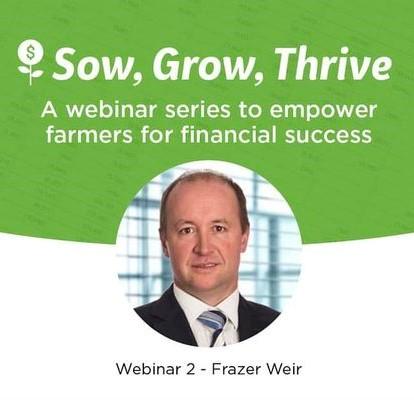Search results
Displaying 331 - 340 results of 897
- 1 21 july 2022 ministry environment national policy statement indigenous biodiversity exposure draft submission beef lamb new zealand deer industry new zealand 2 submission national policy statement …
- NewsB+LNZ, along with Federated Farmers and DairyNZ, has been working with leading climate scientists from Oxford University, to inform a submission to the Climate Change Commission on New Zealand’s …

- NewsThe call for bull nominations closes on Friday 25 August and selected bulls will be used in the next mating season on Pamu’s Kepler farm near Te Anau and Lochinver Station near Taupo. Lochinver …

- News… This will impact on milk production and pre-weaning growth rates. If pasture is slow to … and improve survival. Feeding to maximise pre-weaning growth rates Ewes rearing three lambs …

- Industry data0800 beeflamb 0800 233 352 wwwbeeflambnzcom farmers farmers beef lamb new zealand august 2025 p25004 30 june 2025 stock number survey 2025 beef lamb new zealand limited also referred lnz lnz economic …
- External resourcedrystock farms menu practices improve water quality also available wwwwaikatoregiongovtnzmenus cropping land menu practices improve water quality dairy farms menu practices improve water quality …
- PodcastCheck out B+LNZ’s resources on equity partnerships . Breakfeeds are shorter podcasts from Beef + Lamb New Zealand. Check out our other resources on farm succession on the Knowledge …
- VideoFrazer will share how to utilise your accountant. Boost your financial literacy, get a better understanding of your debt, assets and equity. He will also talk about where to trim the fat without …
- Other PDFlnz submission climate change response ets forestry conversion amendment bill 7 july 2025 7 july 2025 environment select committee climate change response emissions trading scheme forestry conversion …
- Editable PDFministry environment transitioning lowemissions climate resilient future have your say emissions reductions plan beef lamb new zealand ltd deer industry new zealand lnzdinz page 2 17 key asks …
